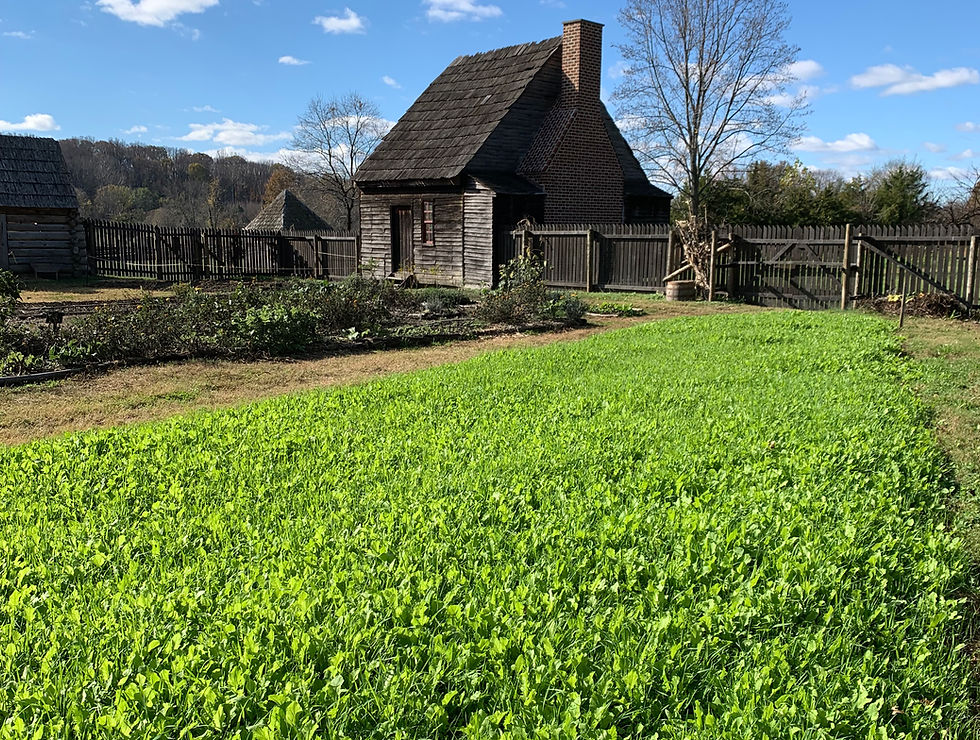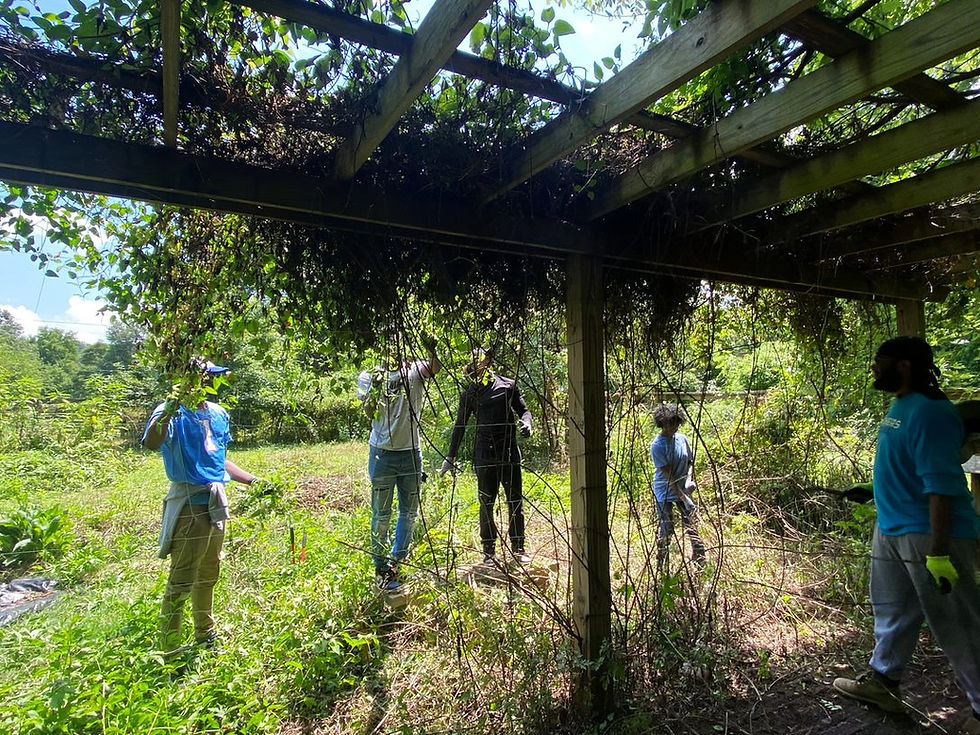Squash, Anyone?
- Accokeek Foundation

- Aug 19, 2013
- 2 min read
by Daniel Michaelson
The word squash comes from the Narragansett word askutashquash, meaning “a green thing eaten raw.” This Algonquian language was spoken in Rhode Island and other Algonquian groups had similar words for squash.
As you well know, not all squash is little and green and eaten raw. I’m sure by now you have enjoyed the yellow, green, long, and fat squash coming out of the Ecosystem Farm. When we use the word squash today, it may refer to three species of the genus Cucuribita. These include C. maxima (Hubbard, buttercup, and some varieties of giant pumpkins), C. moschata (Butternut squash, cheese pumpkins), and C. pepo (most pumpkins, acorn squash, summer squash, and zucchini). Winter squash are almost without exception C. maxima or C. moschata. Summer squash, which develop quickly and get eaten immature, are C. pepo. Most pumpkins are also C. pepo, but large, late, smooth, symmetrical forms of C. maxima and C. moschata are also referred to as pumpkins. The best commercially canned pumpkin is actually C. maxima of the variety Delicious, Boston Marrow, or something similar. The flesh of this squash is supposedly richer and more nutritious than that of C. pepo pumpkins.

C. maxima apparently originated in northern Argentina near the Andes, as it was found by the Spanish at the time of first contact, but it has never since been documented growing wildly. This species had not crossed into Central or North America at the time of the New World’s discovery by Europeans. C. moschata is a long-vining plant native to Mexico and Central America. C. pepo is native to the same region. Both C. moschata and C. pepo had been carried all over North America by the time of first contact.
So next time you have summer squash with friends, you can impress them by asking them to pass the askutashquash and telling them that you are about to eat C. pepo.
Click here to read more Field Notes







